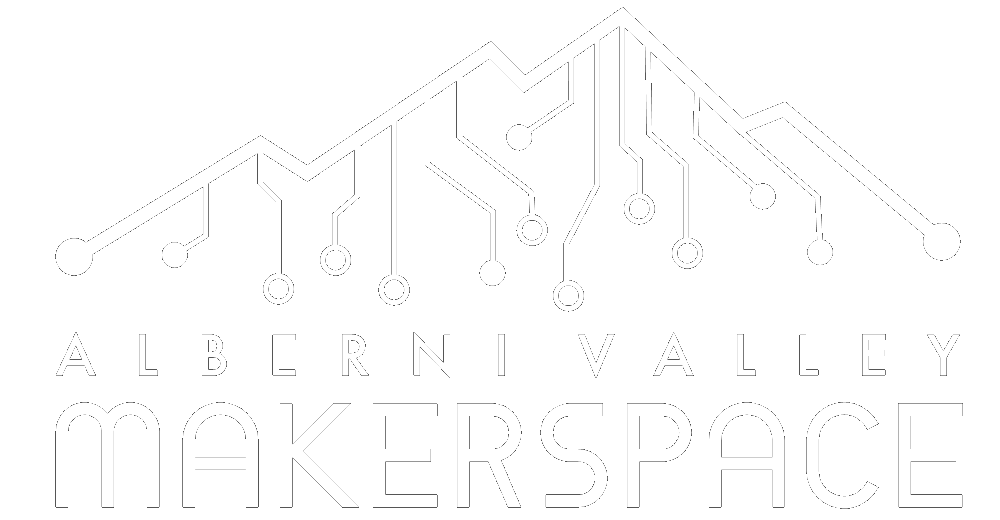Making is more than the physical act of building. It’s dancing, it’s sewing. It’s cooking. It’s writing songs. It’s silk-screening. It’s breaking new trails both literally and figuratively. Making, as Andrew Coy, the former White House Senior Advisor for Making under President Obama, says, is simply a new name for one of the oldest human endeavors: creation.
There was a lack of young people who were getting any practice working with their hands and their hearts to make things that were important to them. To create.
There are probably a million factors that contributed to why this was happening—the rampant elimination of high school and early-grade shop classes through the 1980s and 1990s, an over-fixation on graduate degrees, a focus on technology and/or finance as primary modes for upward mobility, too many screens. I’m not a sociologist or an anthropologist, so I don’t have a full explanation.
Sometime in the mid-2000s that began to change, thanks in part to advances in rapid-prototyping technologies like 3-D printers, open-source software, and the spread of broadband internet. This DIY maker movement that emerged empowered young people, underprivileged communities, and the simply curious to learn, and teach, and share how to make things again. I also deeply credit Dale Dougherty, who founded Make: magazine in 2005 and offered a vision of an updated Popular Mechanics that felt like it was pulled directly from my wildest dreams. It was the perfect flagship for making, celebrating a broad constellation of creativity defined by tackleable projects and learnable practices.
We are built to collaborate. Humans are explorers, and social creatures. We are driven to share our stories. Our stories are what make us so unique on this planet. I mean ostensibly unique. There might be great speculative fiction being promulgated among the octopus and cuttlefish communities, or delightfully wry oral histories being shared between orca, or gray wolves, but until we can decipher them it’s humans alone who expand our understanding of the universe by swapping stories about what we see and have seen. Making is one of the principal ways we share, and have always shared, our stories.
Source Adam Savage’s book “Every Tools a Hammer : Life is What you Make it”

